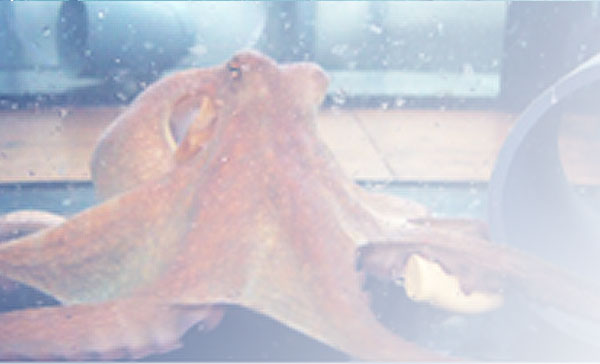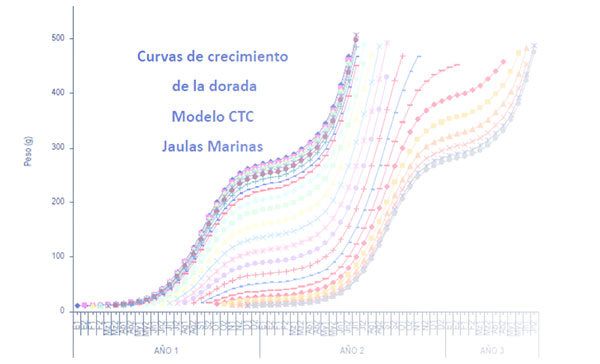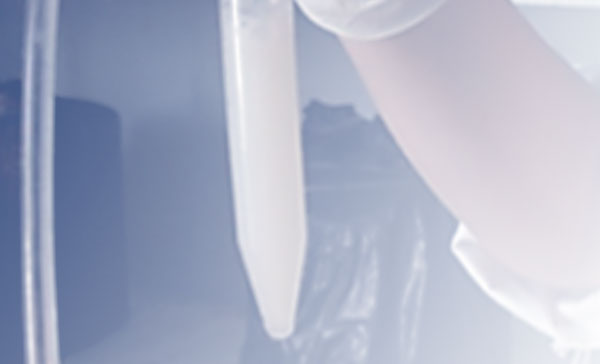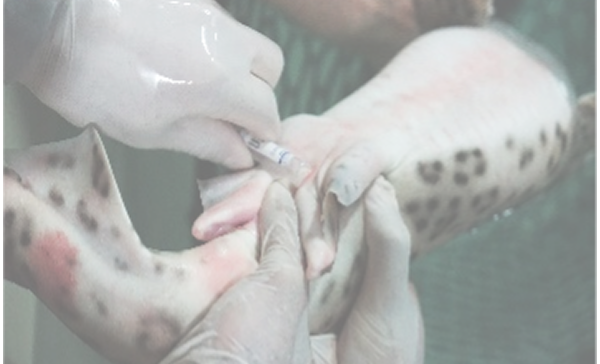
Aquaculture and biodiversity

In this line, we began by studying the optimal levels of protein, lipids and energy in species feeds commercial (bream, seabass, sea bass, etc.), using conventional methods and using factorial methods, which continues to be done with the new species that appear every year in the aquaculture sector, as has happened in recent years with the octopus. This line has continued with the study of the substitution of fishmeal and fish oil by vegetable (soybean, sunflower, pea, rice, etc.) and animal (poultry, squid, krill…) ingredients, relating it to topics digestibility, metabolism, intestinal microbiota and quality of the final product.
Responsible: Ana Tomás

Digestive Physiology and Gut Health
The conversion of feed into weight gain is a process that begins in the digestive system of the fish, therefore, this line focuses on the events that relate nutrients to the different processes involved in digestion and intestinal physiology. To do this, we study how food modulates enzymatic activity, gene expression and the intestinal proteome, and the profile of the microbiota. Quantitative histological methods are also used to provide accurate assessments of changes in the structure of the fish gut. All these techniques are also applied to evaluate new additives in fish feed, in order to determine their nutritional or immunomodulatory improvement.
Responsible: Silvia Martínez Llorens

Technical Management and Economic Sustainability of Acuigranjas
This line is focused on the design of the production plan and the optimization of the technical management of the different operations in an aquaculture farm, including the alternatives for the organization of batches, the evaluation of the growth by means of quantile growth models, and the estimation of the biomass. Likewise, studies of the economic viability are carried out considering different design and production alternatives, and of the profitability of the different sectors of aquaculture, through the analysis of the results published by the M.A.P.A. and the SABI database.
Responsible: Miguel Jover

Management and Use of Natural Aquatic Populations
The objective of this line is to evaluate the state of the habitat, estimate the abundance and population structure of different aquatic species such as eels, common trout or crayfish, also analyzing the impacts that threaten them, to finally propose habitat improvements. , management alternatives and fishing use.
Responsible: Dr. Miguel Jover Cerdá

New species of low trophic level
One solution to the environmental challenges facing aquaculture is diversification into omnivorous species. In this scenario, for example, mugilids (Mugil cephalus) are excellent candidates for sustainable and green Mediterranean aquaculture, which can be fed without fishmeal and fish oil. In addition, these omnivorous species can be integrated into multitrophic productions, combined with the production of other species such as macro or microalgae, or in aquaponics, together with the production of vegetables, either in recirculation systems and/or combined systems in biofloc, with the objective of producing an aquaculture with zero waste production. Therefore, in this line all zootechnical parameters are evaluated, such as digestive physiology, changes in microbiota and transcriptome, as well as the sensory quality of organisms produced in different systems.
Responsible: Dr. Silvia Martínez Llorens

Environmentally sustainable production systems: Biofloc technology
This line is focused on the development and study of biofloc (TBF) technology, which is It is based on recycling the excretion of production animals, in particular nitrogen, into microbial biomass that can be used in situ by the produced animals or collected and processed into feed ingredients or auxiliary animal feed (polychaetes, amphipods, etc.). Production in TBF meets the main objectives of the aquaculture of the future: low carbon footprint, circular economy, lower water consumption, better biosecurity and animal welfare, and can be applied to both teleosts and crustaceans.
Responsible: Dr. David Sánchez Peñaranda

Management and Use of Natural Aquatic Populations
In this line, hormonal treatments and alternative techniques for the induction of sexual maturation and laying, physiology and endocrine control of gonadal development, the effect of environmental parameters, gene expression and reproduction in captivity of this species are investigated.
Responsible: Dr. Juan F. Asturiano Nemesio

Spermatology and sperm physiology.
This line deals with the development, improvement and application of sperm quality evaluation techniques, the development and application of sperm cryopreservation techniques, as well as the study of the effect of ions in seminal plasma in the final maturation process and in fish sperm motility.
Responsible: Dr. Luz Pérez Igualada

Assisted reproductive techniques for chondrichthyans
Application of reproduction techniques to sharks, rays and chimaeras. Comparative studies of reproductive anatomy and physiology. Ex situ conservation programs. Cryopreservation of genetic resources.
Responsible: Dr. Juan F. Asturiano Nemesio


